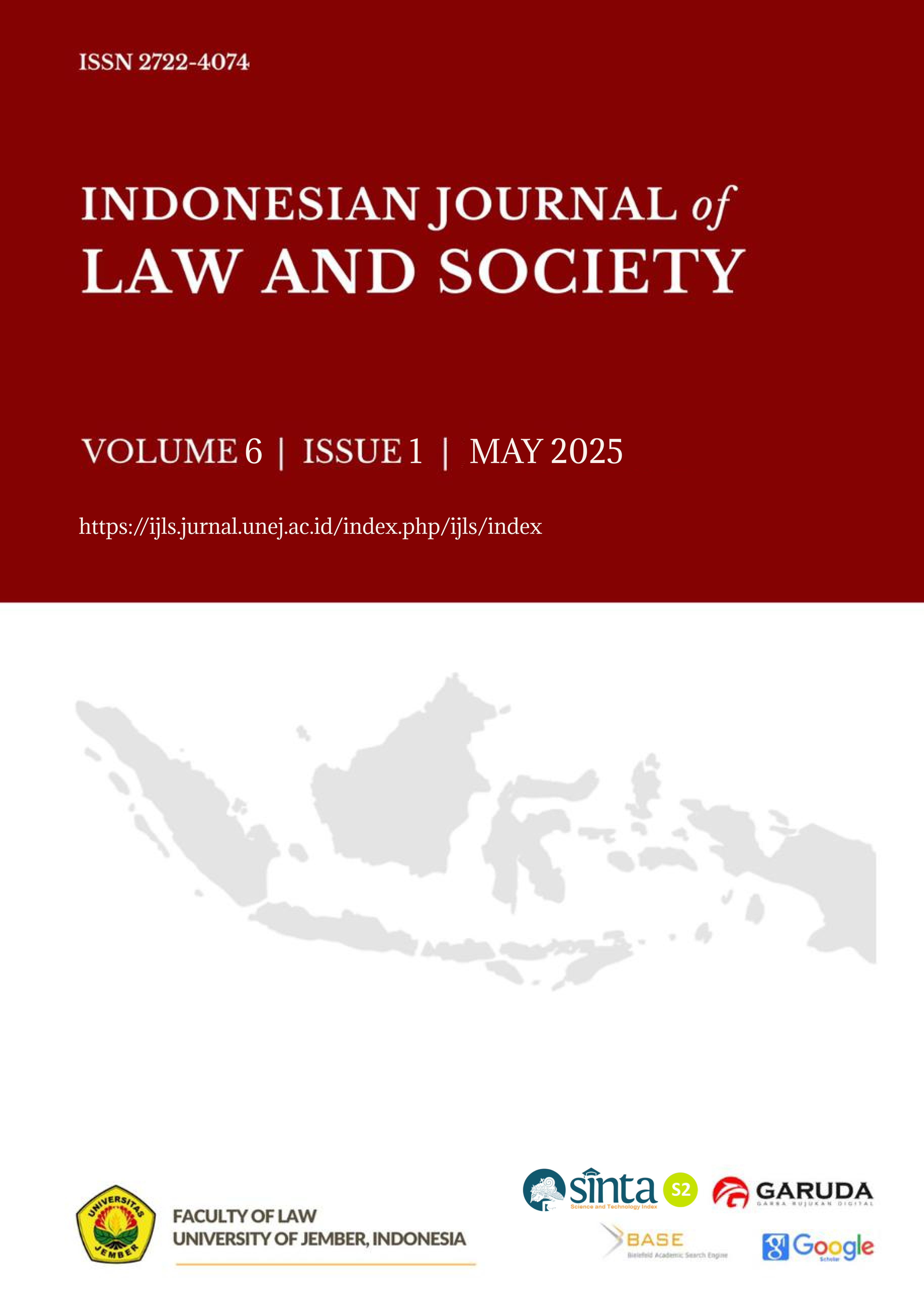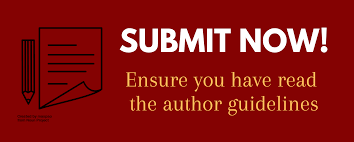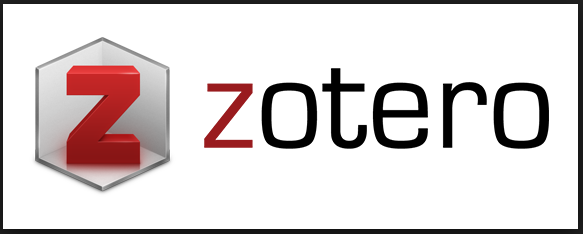Towards Equitable Justice
A Comparative Study of Legal Aid Movement in Indonesia and Australia
Abstract
This paper discusses the legal aid movement in Indonesia and Australia. The inspiration for this paper stems from a curiosity about the intersection of law, social justice, and advocacy. This comparative approach sheds light on the strengths and limitations of each model, offering insights into how legal aid can adapt to evolving challenges and remain a vital tool for achieving equity and justice globally. Firstly, this paper examines the relationship between human rights and access to justice and compare laws between the two countries. Then, continue to the main point of this paper, namely the description of the comparison between Legal Aid Institute (Lembaga Bantuan Hukum, LBH) and Victoria Legal Aid (VLA) as the object compared in this paper. This research process uses normative juridical methods, namely legal research conducted by researching literature materials, which are secondary data. This research also employing historical-legal analysis, the study also compares the legal aid movements in both countries, tracing their development from historical origins to their application in cases handled from the past to the present. As a result, legal aid movement in Indonesia and Australia departs from the concept of access to justice sebagai bagian dari hak asasi manusia. In Indonesia, legal aid is spearheaded by LBH-YLBHI, an institution that exists as a response to the conditions of an authoritarian state based on the Structural Legal Aid (BHS) approach. Sedangkan di Australia, the legal aid movement was pioneered by the Legal Aid Act 1978, which exemplifies a structured, state-funded approach to legal aid.
Downloads
Downloads
Published
Issue
Section
License
Copyright (c) 2025 Indonesian Journal of Law and Society

This work is licensed under a Creative Commons Attribution 4.0 International License.
The Indonesian Journal of Law and Society has CC-BY-SA or an equivalent license as the optimal license for publishing, distributing, using, and reusing scholarly work. Authors who publish with this journal retain copyright and grant the journal right of first publication with the work simultaneously licensed under a Creative Commons Attribution-ShareAlike 4.0 International License that allows others with permission from the publisher to share the work with an acknowledgment of the work's authorship and initial publication in this journal.












